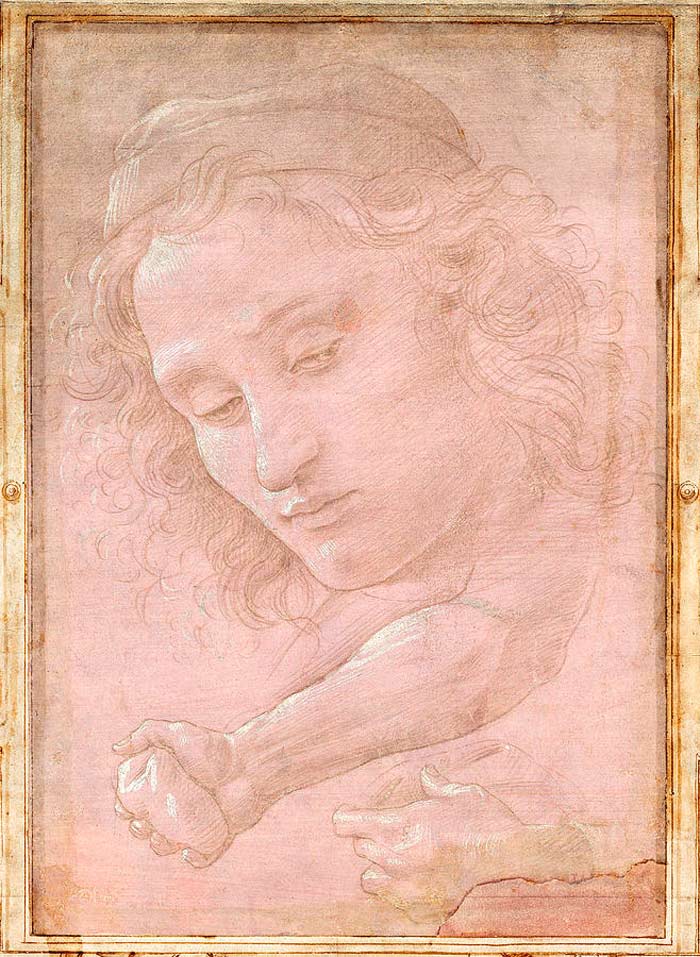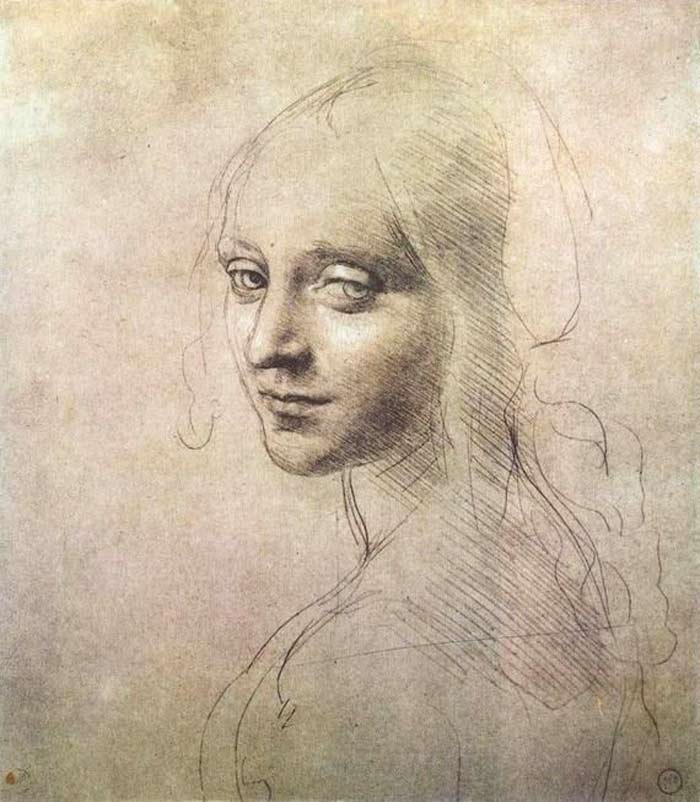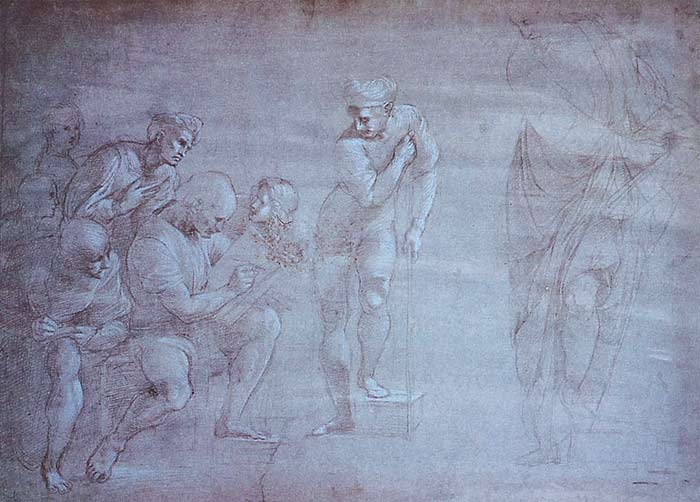Article by Gabriella Caldwell, Drawing Academy student
Silverpoint was a unique technique used as early as the 12th century for writing and markings, it became immensely popular from the 14th to the 16th century, for the creation of art. It was favoured among old masters of the Renaissance period, before the incorporation of graphite. Silverpoint is only one of the metals used falling under the larger category of metal-point, where gold, platinum, lead, copper, and iron were also used. Silver was the most used metal and why the technique ‘metal-point’ became more known as silverpoint.
Each metal has its own degree of softness and reaction to oxidation. Silver was favoured for its softness and tarnishes to a beautifully rich, warm brown tone close to the colour of sepia. The only other metal to oxidize is copper but it produces greenish to red tones that are volatile.
Gold the more precious metal-point, leaves a light warmish grey-brown tone (on white ground), using pigmented paper made with; marble dust or bone ash shows the true yellow colour in gold, its lines appear warm. While light ochre appears on a black surface. Gold does not tarnish so will retain its original colour well overtime, gold-point is incredibly exquisite in drawing but has always been expensive to use, although the gold stylus does make up for the price in the prolonged period the tool lasts for.
The silverpoint stylus comes in the form of a rod, or a piece of wire enclosed in a case (similar to a mechanical pencil), it is made with pure 999 silver and must be used on prepared paper as it will not leave a mark on ordinary surfaces. There are different methods used to prepare the paper, one is to mix zinc white gouache with gum Arabic. There are also ready prepared grounds made of seashell powder, eggshell powder or traditional ground chicken bone in an acrylic medium which gives the paper a creamy tone.



Artists such as Leonardo Da Vinci, Sandro Botticelli, Raphael, and Jan van Eyck incorporated the silverpoint medium in their work as it was fine enough to be able to capture piercing details, would not smudge like chalk and would not fade over time. The fine artist and art historian, Cennino d’Andrea Cennini, thought of the silverpoint technique to be an important discipline, he explains in his book “Il Libro dell’ Arte” that the apprentice should master the silverpoint technique first before progressing onto painting.
By the 16th century the usage of metal-point mediums collapsed, due to the introduction of graphite. The graphite pencil became more convenient because you did not have to prepare the surface for use, you were able to erase your mistakes easily. Silverpoint was not a lenient tool, fixing mistakes was a challenging task, so the artist needed to be trained in the skill to draw with it. Yet silverpoint is still the superior tool to graphite, it creates delicate silver lines that colours beautifully overtime with its tarnish and provides the artists with stronger discipline in their drawing.
Through the 17th century silver point was still in rare use with some artists, but then it the 19th century the medium grew popular again, raising the demand for the tool. All use of metal-point mediums is no longer taught within the education systems today, leaving only very few fine artists to continue using silverpoint in their work.





